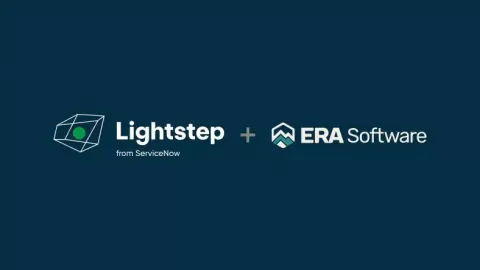Operations | Monitoring | ITSM | DevOps | Cloud
Logging
The latest News and Information on Log Management, Log Analytics and related technologies.
Tutorial: How to Use ChaosSearch with Grafana for Observability
It's a Three-Peat For Cribl with Awards from Comparably
When we began the week, we had zero awards from Comparably. As we end the week, we now have a three-peat of awards. Cribl was recognized among 70,000 companies out of 15 million ratings – winning top honors for Happiest Employees, Best Compensation, and Best Perks and Benefits. We’re thrilled to be recognized by Comparably, and we’re looking forward to continuing our pursuit of being the best place to work.
Where Are My App's Traces? Understanding the Black Magic of Instrumentation
Many developers don’t know what instrumentation really is, and those who do don’t really understand the black magic that takes an application and makes it emit telemetry, especially when automatic instrumentation is involved. On top of that, each programming language has its own tricks. I wanted to unwrap this loaded topic on my podcast, OpenObservability Talks. For this topic I invited Eden Federman, CTO of Keyval, a company focused on making observability simpler.
The future of observability is cloud-native and unified
Building modern, cloud-native applications introduces new challenges to teams and organizations. As these systems grow and scale, struggles abound: inconsistent performance monitoring experiences across siloed tools, wasteful performance management practices with duplicated efforts, and mounting frustration from colleagues and customers. Surmounting these challenges requires multiple sources of data and truly unified observability.
BindPlane OP Enterprise Beta Announcement
Beating the odds: How log data helps detect and lower MTTR
How to Gain Observability into Your CI/CD Pipeline
We all know that observability is a must-have for operating systems in production. But we often neglect our own backyard — our software release process. We noticed we made that mistake here at Logz.io. We were wasting time and energy in handling failures in the CI/CD pipeline, and made our Developer-on-Duty (DoD) shifts tedious. That’s why it’s critical to incorporate your observability practices into your CI/CD pipeline.











